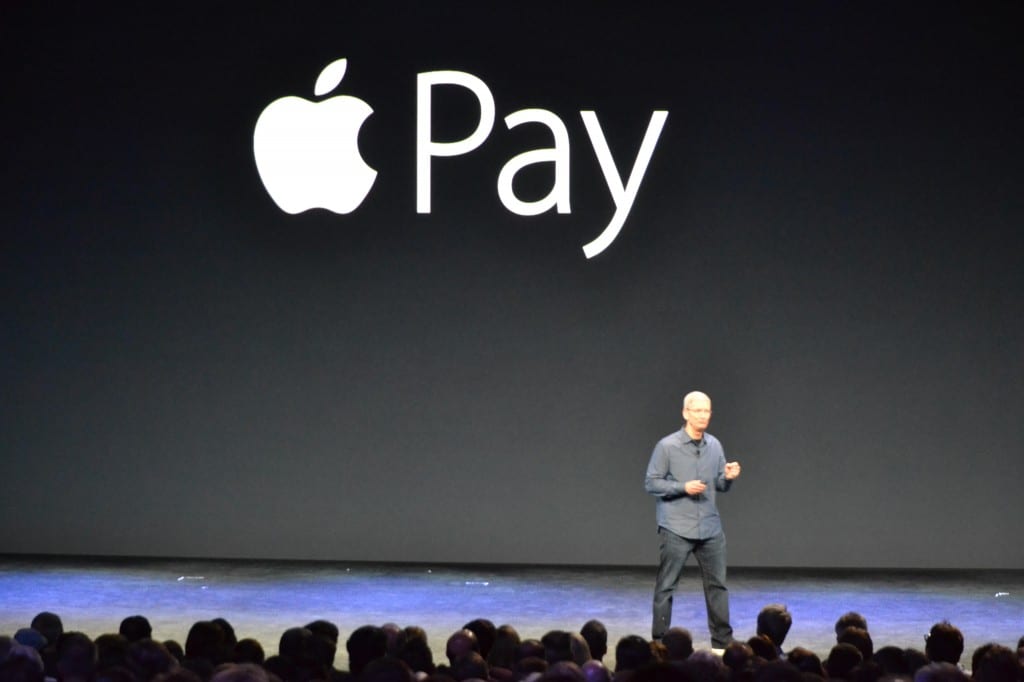
When Apple introduced its pay-by-smartphone feature last year , the company touted the simplicity of the setup. All shoppers needed to do was wave their iPhones in front of a special scanner at the cash register – no need to fumble through pockets and purses for plastic cards or identification.
But a sharp rise in reports of fraudulent Apple Pay transactions is now raising questions about the security of the first mobile payment system to find a measure of popular success. One payments analyst, Cherian Abraham, estimated that as many as 6 per cent of Apple Pay purchases are completed with stolen credit cards, or 60 times the rate of the old-fashioned plastic swipe.
The problem is Apple Pay may be too simple to set up, security analysts said. Fraudsters have been loading stolen cards onto iPhones to buy things in shops. As it turns out, it may have been better if Apple Pay required users to do more to prove their identities when they sign up for the service, these experts said.